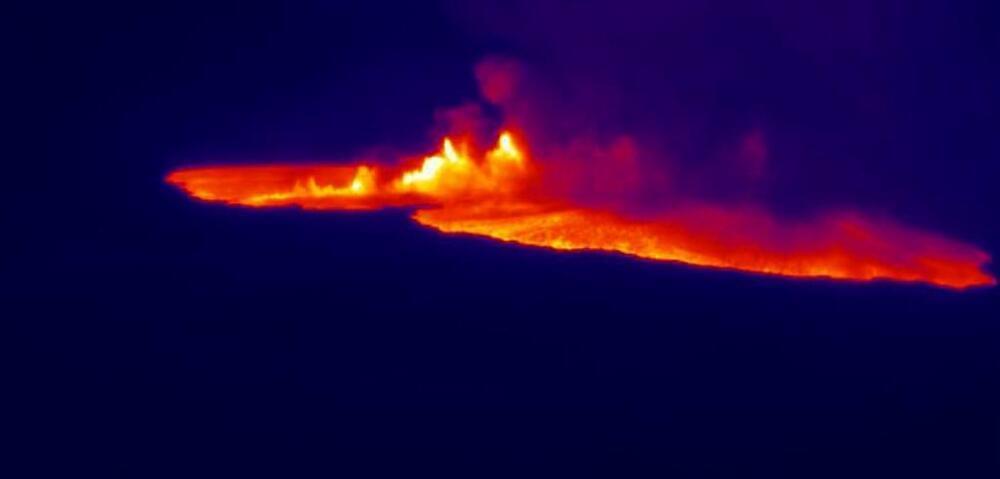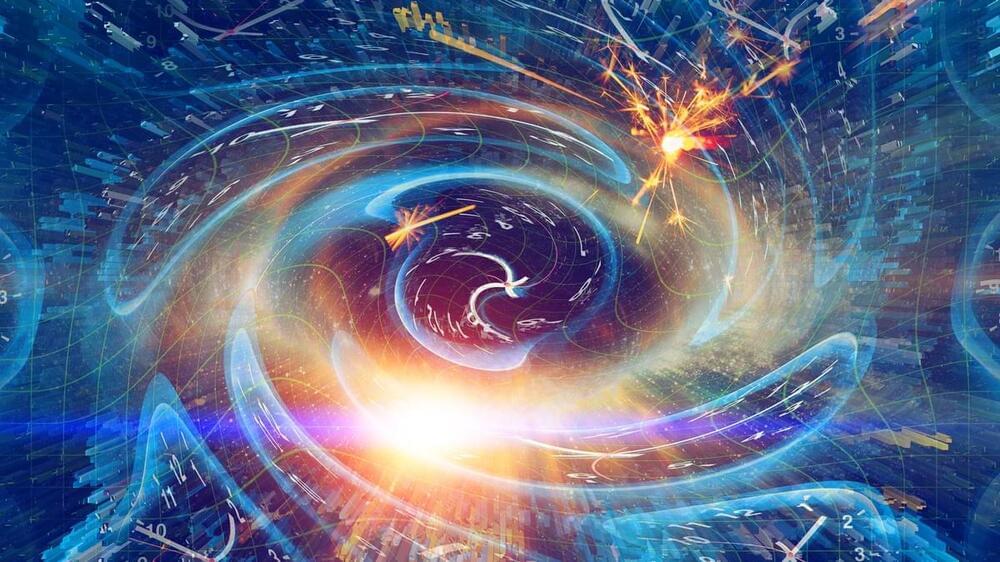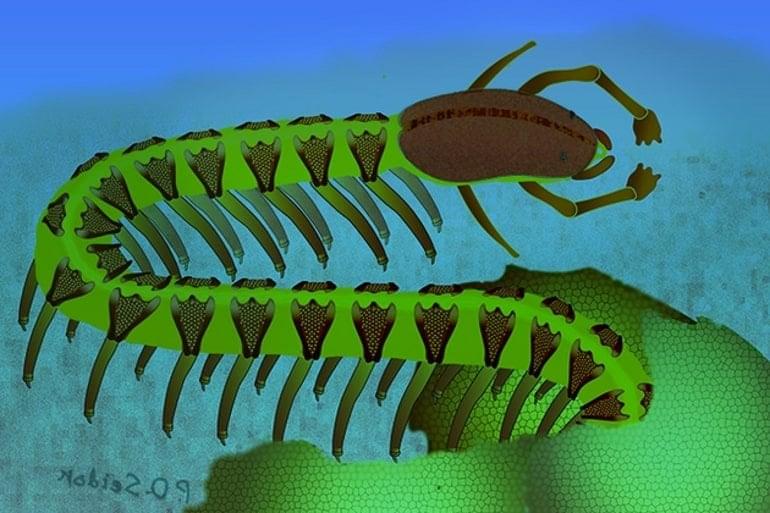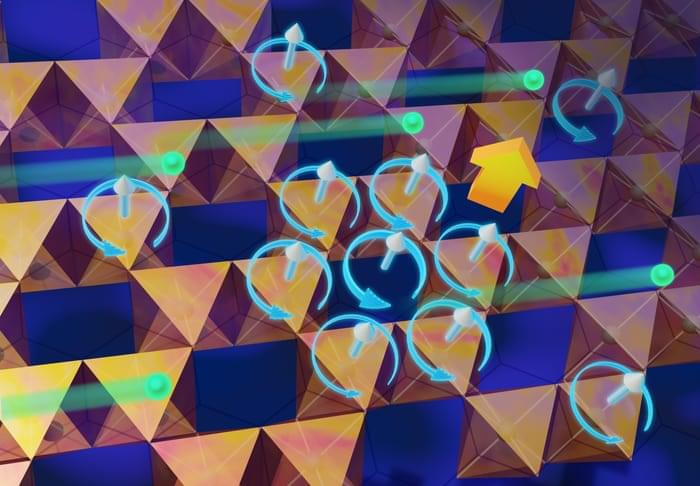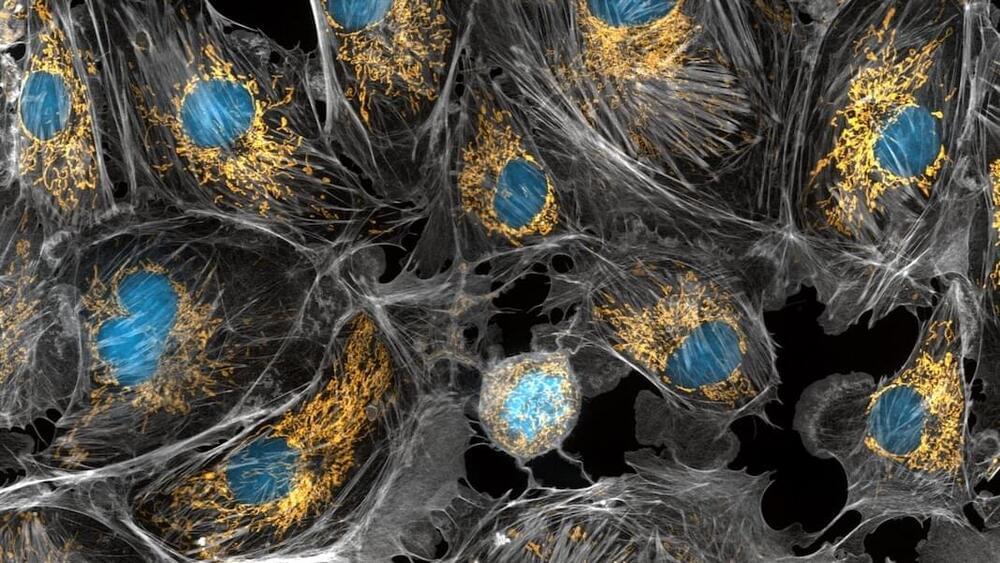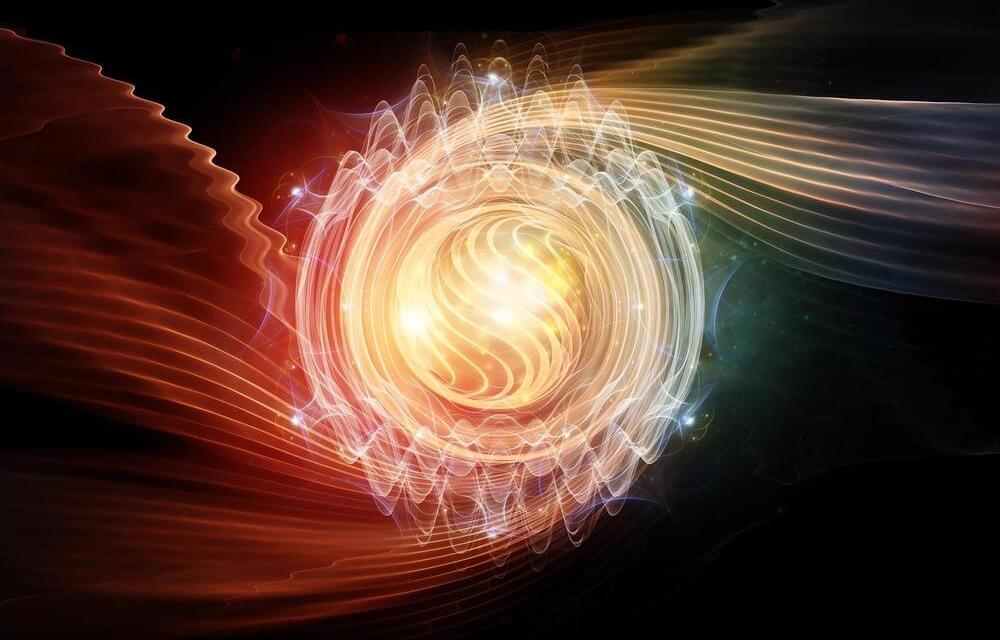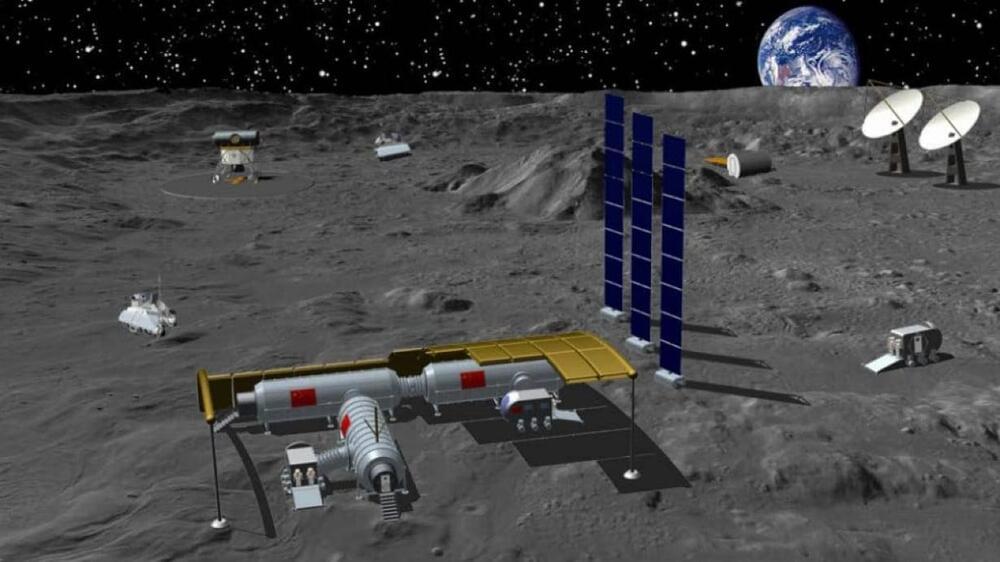Residents are on alert after the volcano has started erupting for the first time since 1984 on Hawaii’s Big Island.
“To our knowledge, the concept of obtaining time fingerprints, and therefore avoiding the need to measure time zero, is completely novel,” Berholts said in an email. She added that the new invention is a watch, not a clock, because “a clock requires keeping track of time” whereas “a watch simply provides the time.”
“The quantum watch provides a fingerprint representing a specific time, and hence only requires interaction when initiating and reading out the time,” she explained. “All other devices require keeping track of time. This differentiation comes from the fact that the quantum watch, unlike all the other clocks, measures times in a different way.”
Summary: The fossil of a 525-million-year-old tiny sea creature with a preserved nervous system may solve a century-long debate about how the brains of arthropods evolved.
Source: University of Arizona.
Fossils of a tiny sea creature that died more than half a billion years ago may compel a science textbook rewrite of how brains evolved.
Physicists have discovered a new quantum state in a material with the chemical formula Mn3SiTe6. The new state forms due to long-theorized but never previously observed internal currents that flow in loops around the material’s honeycomb-like structure. According to its discoverers, this new state could have applications for quantum sensors and memory storage devices for quantum computers.
Mn3SiTe6 is a ferrimagnet, meaning that its component atoms have opposing but unequal magnetic moments. It usually behaves like an insulator, but when physicists led by Gang Cao of the University of Colorado, Boulder, US, exposed it to a magnetic field applied along a certain direction, they found that it became dramatically more conducting – almost like it had morphed from being a rubber to a metal.
This effect, known as colossal magnetoresistance (CMR), is not itself new. Indeed, physicists have known about it since the 1950s, and it is now employed in computer disk drives and many other electronic devices, where it helps electric currents shuttle across along distinct trajectories in a controlled way.
Today, Mars is colloquially known as the ‘Red Planet’ on account of how its dry, dusty landscape is rich in iron oxide (aka. ‘rust’). In addition, the atmosphere is extremely thin and cold, and no water can exist on the surface in any form other than ice.
But as the Martian landscape and other lines of evidence attest, Mars was once a very different place, with a warmer, denser atmosphere and flowing water on its surface.
For years, scientists have attempted to determine how long natural bodies existed on Mars and whether or not they were intermittent or persistent.
In a new book, Siddhartha Mukherjee writes that to understand cells is to understand the body, medicine, the story of life, and our selves.
Osaka University researchers show the relativistic contraction of an electric field produced by fast-moving charged particles, as predicted by Einstein’s theory, which can help improve radiation and particle physics research.
Over a century ago, one of the most renowned modern physicists, Albert Einstein, proposed the ground-breaking theory of special relativity. Most of everything we know about the universe is based on this theory, however, a portion of it has not been experimentally demonstrated until now. Scientists from Osaka University’s Institute of Laser Engineering utilized ultrafast electro-optic measurements for the first time to visualize the contraction of the electric field surrounding an electron beam traveling at near the speed of light and demonstrate the generation process.
According to Einstein’s theory of special relativity, one must use a “Lorentz transformation” that combines space and time coordinates in order to accurately describe the motion of objects passing an observer at speeds near the speed of light. He was able to explain how these transformations resulted in self-consistent equations for electric and magnetic fields.
Over a dozen new vulnerabilities have been discovered in the firmware of Lanner’s Baseboard Management Controller (BMC).
The rover is expected to be larger than the two China-operated rovers on the Moon earlier. Wu claimed that nuclear energy could also be used to power the hopper, a machine intended to lift off from the lunar surface numerous times and bounce in and out of a crater’s constantly shadowed section in search of water.
Nuclear energy will support the station’s communications facilities to maintain communication with Earth and power the station’s communications systems. It will also stay connected to the Earth and relay signals between the Earth, Mars, and deep space. China has also announced its desire to explore deep space.
“China was the first country to propose building such a research station at the lunar South Pole,” Wu said. At the latitude of about 89 degrees south, he said there could be 180 consecutive days of light to sustain extended operations for both instruments and astronauts.
Dr. Dobri Kiprov about Therapeutic Plasma Exchange: New video from our 2022 #RejuvenationStartupSummit. Dobri is CSO at Lyfspn and an internationally renowned pioneer and expert in Therapeutic Apheresis, Immunotherapy, and Age-Related Disorders.
Enjoy -> https://lnkd.in/e_PZAsMm.
#plasmapherese #TPE #therapeuticplasmaexchange.
For more summit videos and regular updates, visit: https://lnkd.in/e-wSTtca
Dr. Dobri Kiprov, CSO at Lyfspn and internationally renowned pioneer and expert in Therapeutic Apheresis, Immunotherapy, and Age Related Disorders at Rejuvenation Startup Summit 2022.
